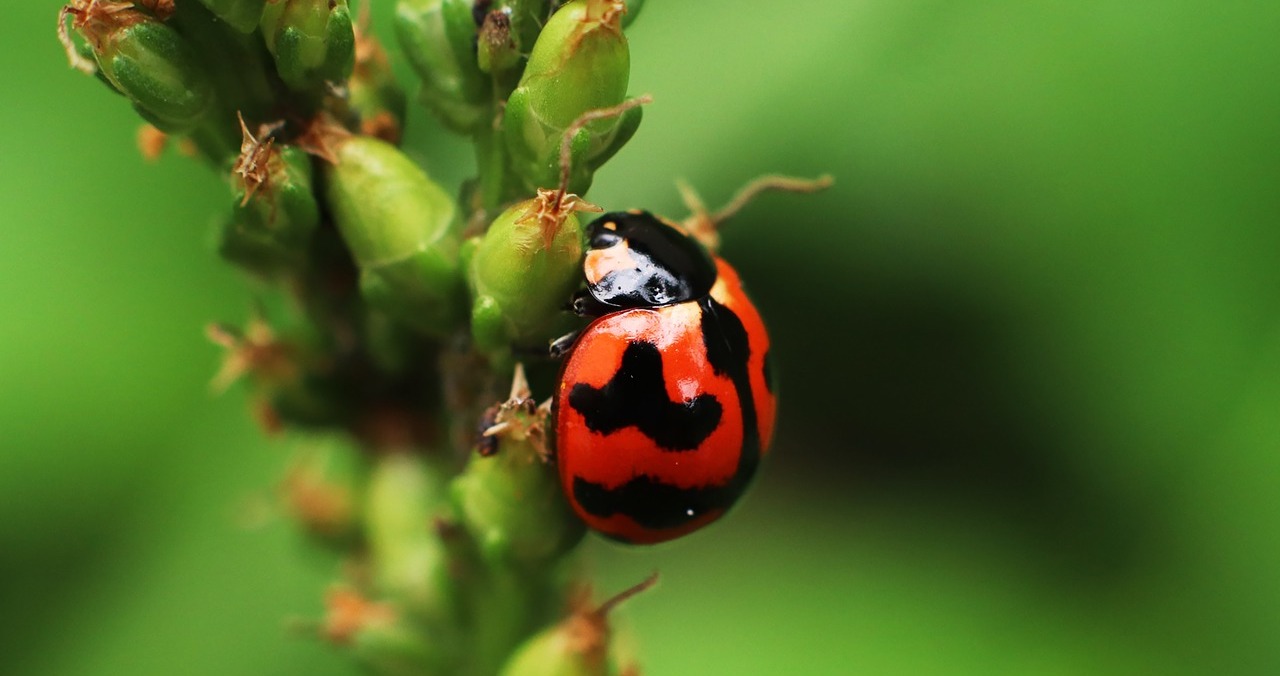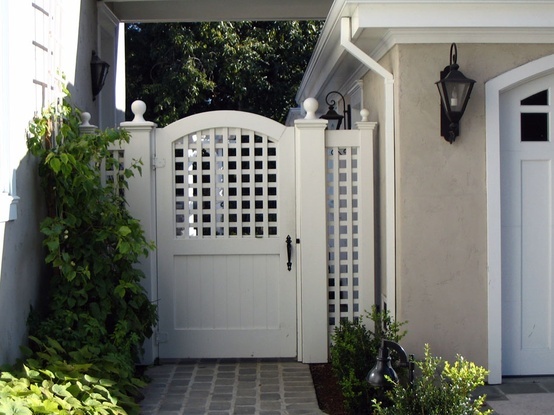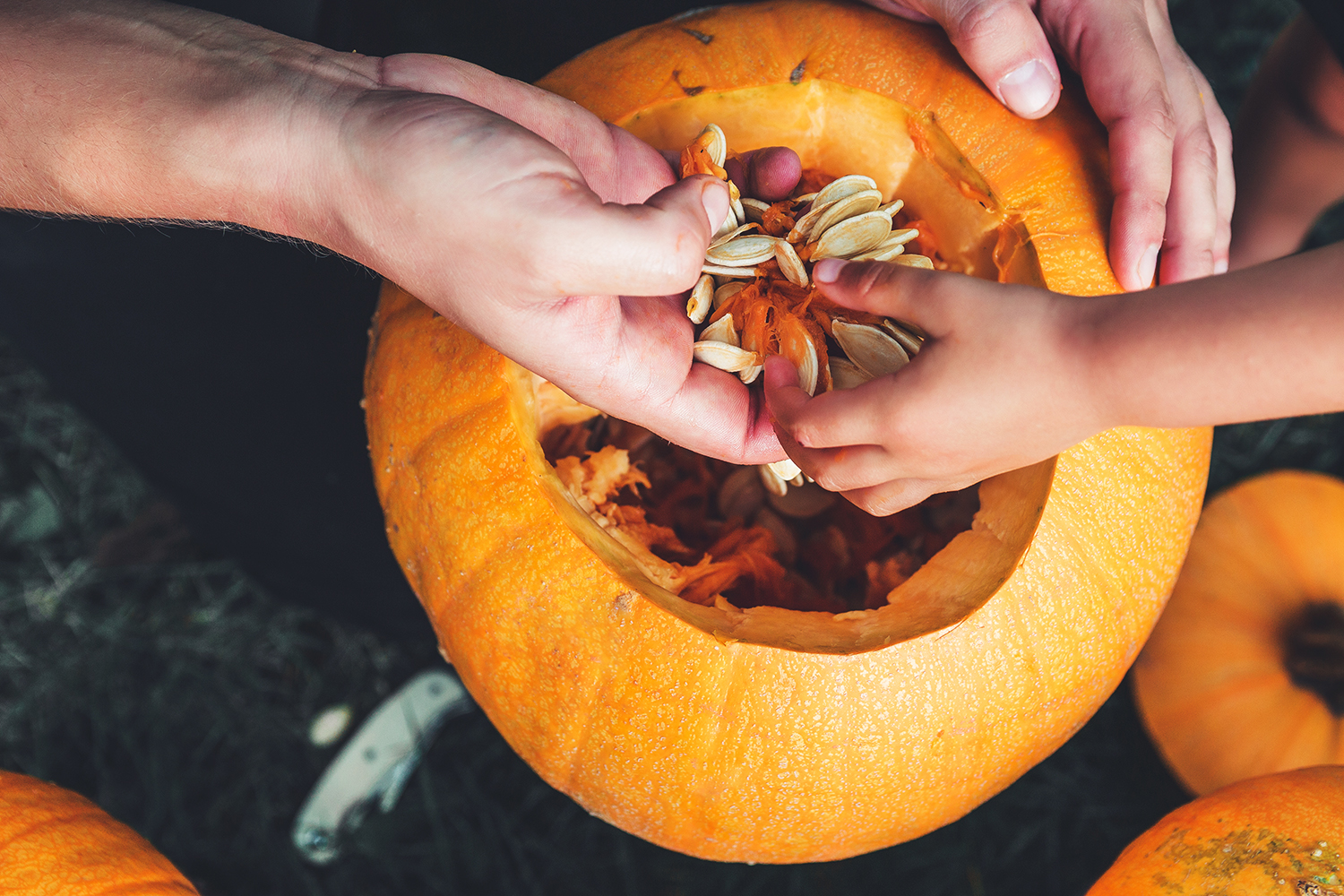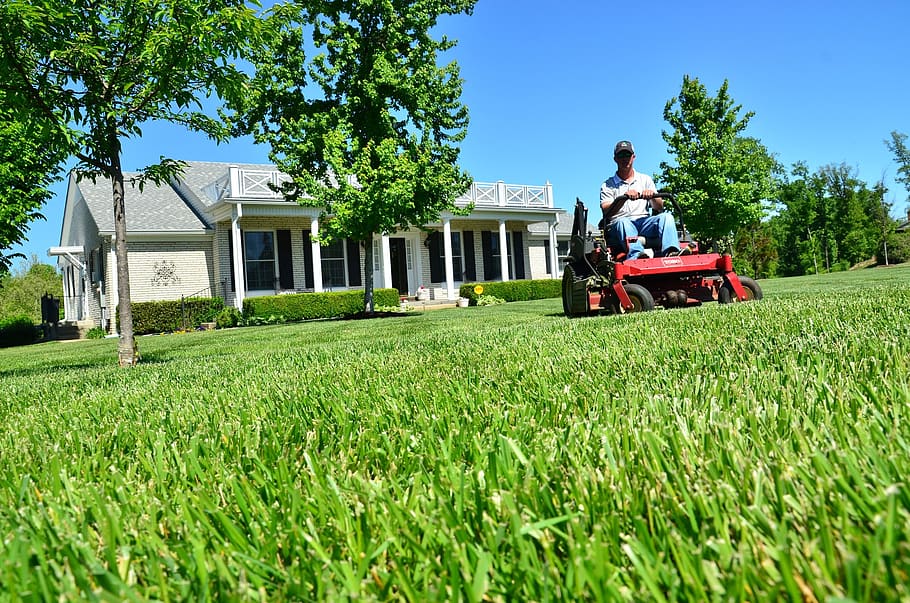Everyone knows their bees from their butterflies, but what about the many other beneficial bugs? It’s likely that you’ve already seen these good guys in your garden, but maybe you weren’t formally introduced. Here are a few you might want to become acquainted with:
1. Ladybirds.
Top of the list are ladybirds, which are also known as ladybird beetles. These little spotted creatures will consume up to around 50 aphids a day each and their larvae will eat considerably more, which can be as much as their total body weight every single day. Ladybirds represent a very efficient and effective biological pest control method and all aphids are on the menu including blackfly, greenfly and their larvae. They also love to eat pollen, so a good way to attract ladybirds into your garden is to ensure there are ample supplies of food.
2. Lacewing.
They might look like delicate and harmless little creatures but the Lacewing and its larvae are ferocious predators that will consume huge numbers of aphids and aphid larvae. The common green Lacewing should be whole-heartedly embraced by gardeners, especially on the vegetable plot or allotment, where they are very effective in controlling aphid pests. These net-winged insects are invaluable in controlling aphids, especially black fly, which cause so much unsightly damage to beans and many other plants both edible and ornamental. Lacewing also enjoy a little pollen and honeydew in their diet.
3. Hoverflies.
Hoverflies are often mistaken for wasps or bees due to their yellow and black striped bodies. Their colouring simply offers them some protection against predators, otherwise they are completely harmless. They can be a joy to watch as they hover like tiny helicopters and then dart around, changing direction in an instant. The adults feed mainly on nectar and so they are very beneficial pollinators. However, they don’t possess long tongues, like bees, so are only able to access nectar from easily accessible, open flowers. Their larvae are absolute aphid exterminators.
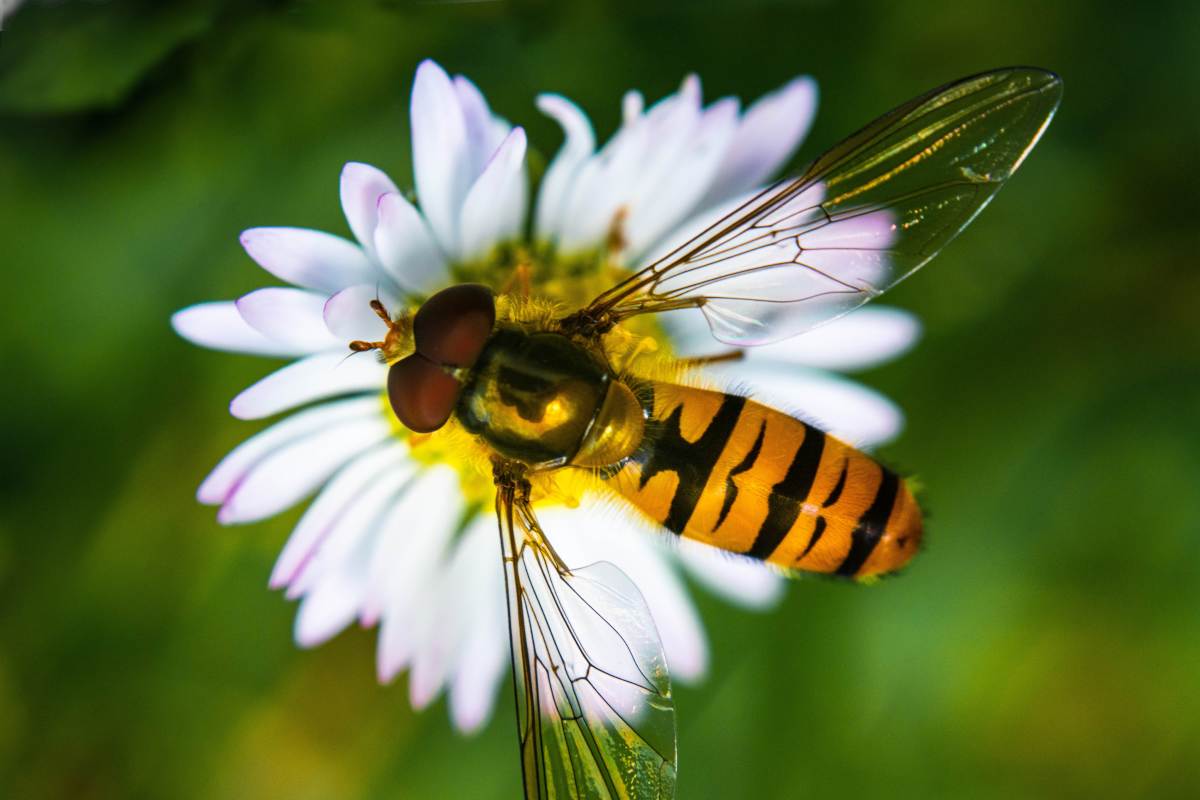
4. Spiders.
Love them or hate them these 8-legged insects do a great job in the garden. Although they don’t specifically eat any one particular insect, they do help to maintain a balance. Quite often you will see a spider’s web, which has caught many a winged greenfly or blackfly, so the evidence stacks up in the spider’s favour. There are many species of spiders to be found in and around the garden, some of which are easy to spot due to their webs. However, there are a number of species that are not always that easy to see because they live on the ground. These include the hunting spiders, like wolf and crab spiders.
5. Ground & Rove Beetles.
Most ground beetles will appear black or dark brown, green or blue in colour and will almost always have a metallic sheen on their wing cases and thorax. Ground beetles are predatory and will feed at ground level, hunting for a variety of bugs and slugs. They are also very useful for controlling leatherjackets and cutworms. The violet ground beetle, so called because of its metallic purple edges on its wing cases, will climb plants in search of aphids and caterpillars, making it a very useful addition to your garden’s eco-system and biological pest control strategy.
6. Parasitic Wasps.
These particular wasps are also known as Parasitoid wasps because they eventually kill their hosts. There are over 6,500 species of parasitic wasp and many are very difficult to identify. Some will look like a typical common wasp only much thinner, and have the traditional yellow and black markings. Others are very small and gaunt with either black or brown colouring and might look more like a type of fly. However, almost all have the characteristic narrow waist.
7. Centipedes.
Typically orange or yellow in colour with segmented bodies and lots of legs, Centipedes are very easily identifiable in the garden. The word ‘centipede’ means 100 legs but very rarely will you find one with 100 legs. Leg numbers range from about 12 to 300 depending on the species and size. On average they will have between 35 and 40 pairs. These ancient creatures are predatory and gardeners should encourage them because they hunt and devour a range of garden pests such as slugs and woodlice, amongst many other earth dwelling grubs.
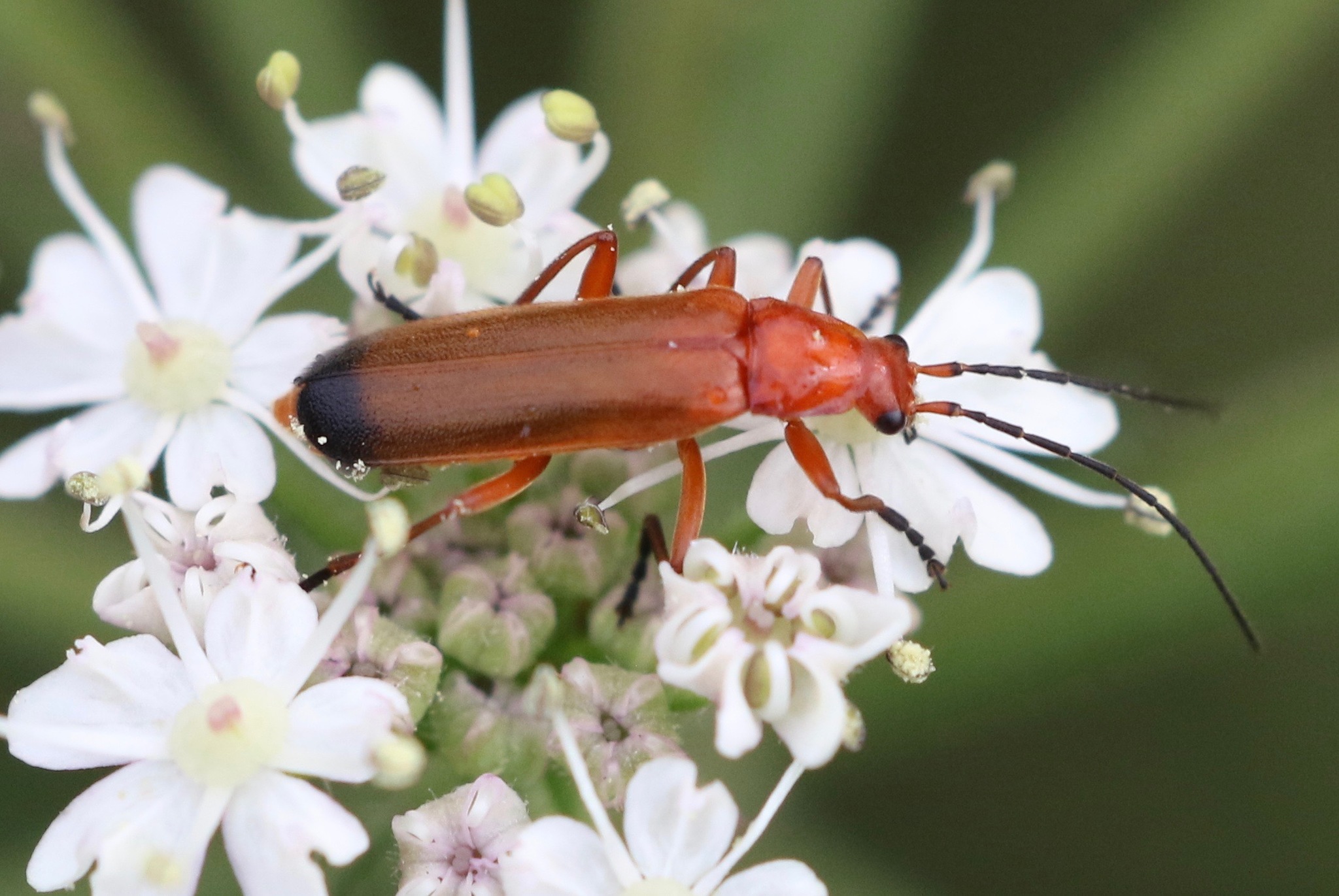
8. Soldier Beetles.
The most common of all the soldier beetles is the Red Soldier Beetle and like all soldier beetles it has a characteristic, long, flattened shape with parallel sides. It’s called a soldier beetle because its colours resemble that of the ‘red coats’ uniform of 17th century British soldiers. To the gardener it is an allied killing machine, devouring aphids and caterpillars as it marches on relentlessly through the undergrowth. The adults will also eat pollen and nectar and are often seen on open flowering plants during the summer months.
9. Minute Pirate Bugs.
These tiny black and white insects surprisingly come with a big bite and they are known to give humans a nasty prod too if not careful. However, their needle-like stab wound doesn’t contain any venom so shouldn’t cause any swelling as such. Otherwise, Minute Pirate Bugs will spread fear among the many garden pests and especially thrips, which can cause so much damage to a wide range of plants. Thrips will suck plant leaf cells causing streaking and speckling and even holes may appear in the leaves. If left untreated, the leaves will eventually die. Thrips are also responsible for transmitting an array of viruses as they travel from plant to plant.
